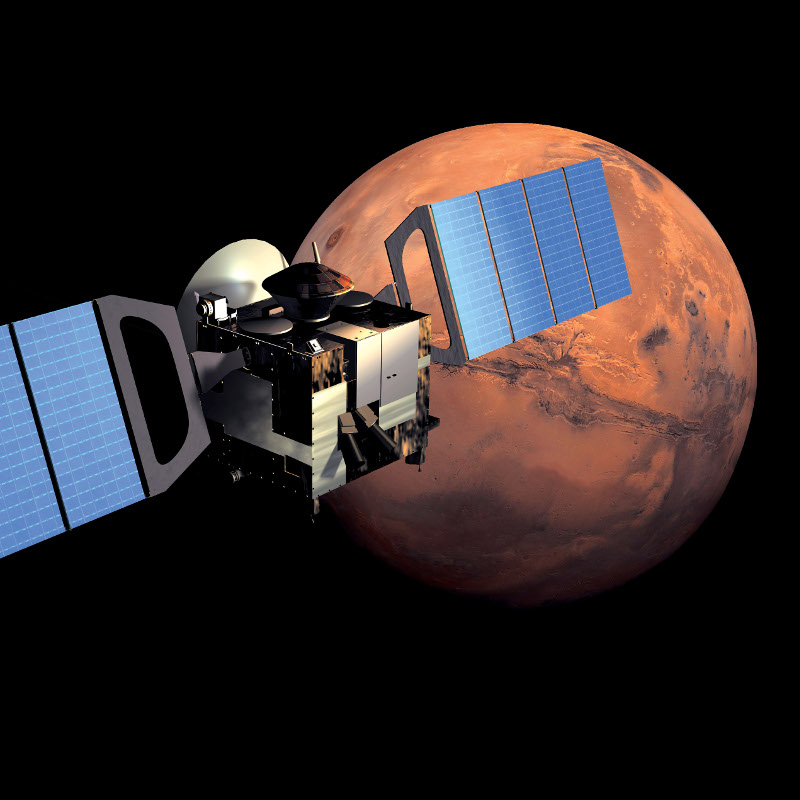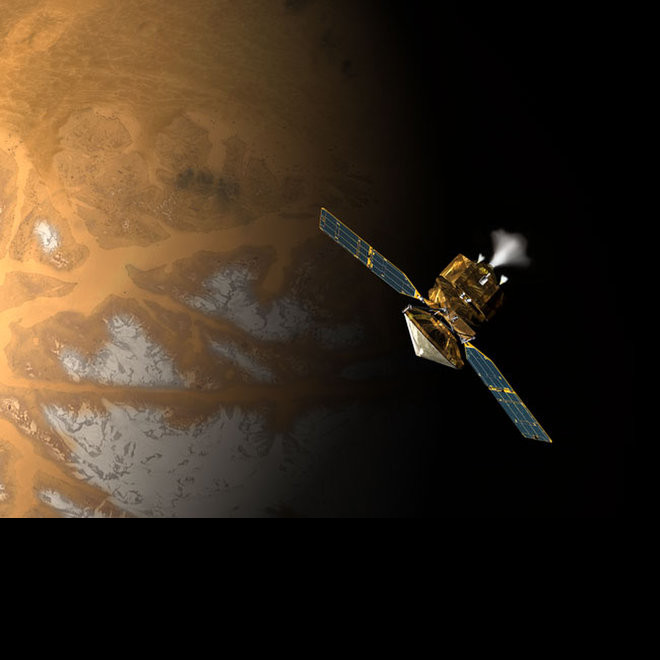
About Me
I study how planets originally form and evolve through their various physical and chemical modification pathways. Planetary and minor body surfaces record interactions with the exogenic realm (impact gardening, space weathering,etc.), the endogenic realm governed by geology, and surficial conditions from the atmosphere, cryosphere and hydrosphere. By studying comparatively their composition and morphology as a function of time, it becomes possible to piece together some of the history of our Solar System. Some bodies such as Mars may have additionally experienced habitable conditions conducive to the emergence of life, and studying those past habitable environments may also help piece together the conditions of early Earth.
The next step to our understanding of how planets evolve and perhaps how life emerged requires new analytical tools. I actively participate in the preparation of future exploration, through instrumentation work and the definition of landing sites for in-situ analyses on Mars and elsewhere.
I am particularily interested in research branching back to the conditions for abiogenesis on Earth, and to cross-disciplinarity, looking at ways to export VISNIR imaging spectroscopy to other fields of research and applied science.
Contact Details
John Carter
IAS, Bat 121, Paris-Sud University
91405 Orsay, France
(33)169858529
john.carter@ias.u-psud.fr






